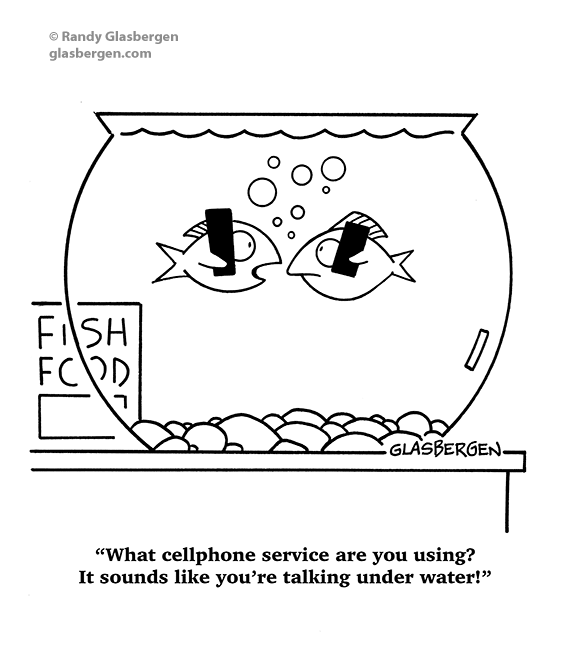
Audrey herself spends this time reading “Space Ace” comics – when a radio bulletin announces sighting of a flying saucer. Audrey, whose pastime is inventing, faces the daily task of washing dishes with Yankee ingenuity, constructing an automatic conveyor belt system in the garage, using an outboard motor to generate suds in a tub, a plunger to take dishes out, a record player to spin the dishes dry, and the record player’s automatic tone arm to deposit them in a pile on a pillow. Not to be confused with the inaugural Betty Boop cartoon of the same name. Not long after, Little Audrey gets her usual daydreaming into epic mode, in Dizzy Dishes (Paramount/Famous, Little Audrey, 2/4/55 – I. The genuine 3d version, projected years ago at the Egyptian theater in Hollywood, presented the unique variation upon the traditional opening of Casper materializing in a circle, of having two Casper “spirits” materializing, one in each eye view on opposite sides of the screen, and converging into the center circle to form the three-dimensional single Casper we all know. (One final note regarding the Casper – while some posts on the net attempt to boast “recreated titles” or a “3D version”, they are all terrible fakes. Sparber), has Casper becoming a modern-day Gulliver, visiting the Lilliputian-size moon kingdom of King Luna – a dead-ringer for Bombo from Gulliver’s Travels (1939) – demonstrating again how Paramount was jumping feet first into the space age.

While not quite fitting the theme of this article (as it is Casper, not an alien, who does the planet-hopping), Casper’s Stereotoon, Boo Moon (1/1/54, co-directors: Seymour Kneitel/I. The first has been discussed previously in these columns – Popeye, the Ace of Space (Paramount/Famous, Popeye, 10/2/53 – Seymour Knietel, dir.), reviewed in my post, The Invisible Article (Part 2), a 3D reworking of the earlier Rocket to Mars, with Popeye the victim of abduction by a flying saucer. In following up on the 1953 fad of the 3D movie, the studio contributes not one, but two “Stereotoons”, both with outer-space themes. Paramount presents several notable entries in the animation world’s efforts to keep up with this trend, and might fairly be accused of getting a bit “space happy”. Dawg produces the obligatory mallet, and gives Foggy his “two lumps” – on the head. Dawg follows it with a teacup that hooks its handle around the tip of Foghorn’s beak, then appears with a sugar bowl and asks Foggy, “One or two lumps, sir?” “Two, please”, replies a groggy Foghorn. Foghorn excitedly announces that he can see it as plain as day, and that we’re all “goners” – but gets smacked in the head by the plate which shatters with a loud crack. “Keep looking”, instructs the Dawg, as he releases the plate. “I don’t believe it”, Foghorn blusters, “but I’ll take a look anyway.” Foghorn accuses the device of being no good – just “a lot of air with a hole around it.” At the other end, Dawg has fastened a large rubber band, which he has stretched to a nearby tree, where he inserts a large plate into the band to fire like a slingshot. Activity opens at the barnyard with the Dawg constructing a device from a long section of pipe on an angled elevated scaffolding to resemble a telescope, on which he hangs a sign, reading, “See a genuine flying saucer”.

Sock-a-Doodle Do (Warner, Foghorn Leghorn, 5/10/52 – Robert McKimson, dir.), actually falling within the chronology of cartoons reviewed last week, provides a throwaway gag exhibiting the effects of the new space craze upon public consciousness. (In actuality, it looks like it is composed of remnants of a sock puppet and portions of the leftovers from a Thanksgiving dinner!) Other studios (such as American-International, or the low-budget B-pictures of Sam Katzman at Columbia) would attempt to cash in on the fad (and in fact do so) with stretches of the imagination of such low technical quality as to defy anything that had ever graced (or disgraced) the silver screen – as, for example, Katzman’s The Giant Claw presenting a giant alien “buzzard” that somehow eludes all radar detection and is partially composed of antimatter. Other producers were beginning to follow suit, such as at the monster house at Universal, where a creative and ingenious 3D-thriller, It Came From Outer Space used the unique touch of leaving the horrendous details of the invading alien to our own vivid imaginations – instead presenting the alien only in first-person POV shots, as seen through the warped vision of an alien gelatinous eye.

George Pal’s fantasy films (mentioned in last week’s article) had opened the realm of space science fiction to a mass media attraction.

Alien presences were creeping more and more into standard pop-culture consciousness.


 0 kommentar(er)
0 kommentar(er)
